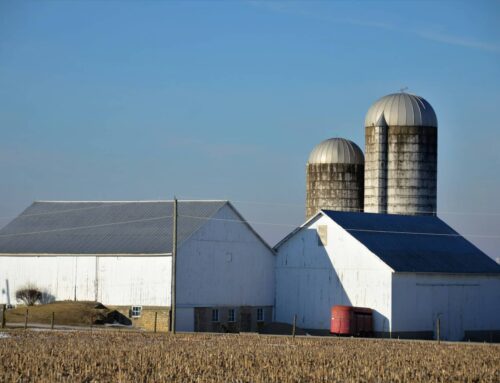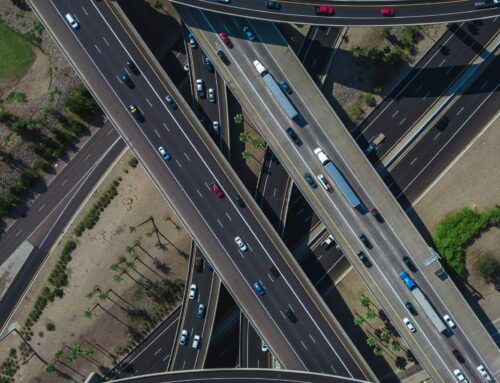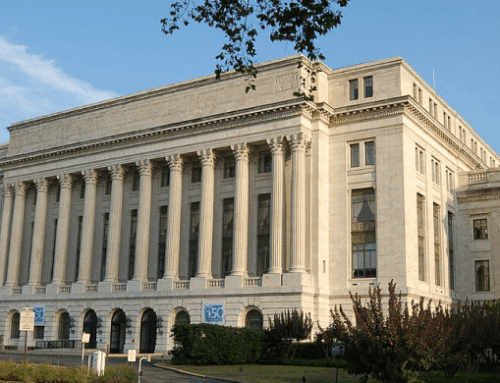The United States Department of Agriculture is set to unveil how it intends to direct a portion of the nearly $24 billion that the CARES Act made available for farming and ranching businesses negatively affected by COVID-19. This first tranche, clocking in at $15 billion, consists of $9.5 billion in “emergency” appropriations Congress included in the bill. An additional $6 billion in assistance comes from the Secretary of Agriculture tapping remaining funds in the Commodity Credit Corporation’s (CCC) $30 billion annual line-of-credit with the U.S. Treasury. The CCC is essentially a check processing entity the USDA employs to cut and track the checks written for most farm income, conservation, and trade assistance programs. This particular $6 billion is not directly tied to the CARES Act. The provision in the CARES Act (SEC 11002) reimbursing the CCC for $14 billion in losses is not scheduled to take effect until after the corporation submits its June 2020 report of its financial condition.
$24 billion is likely just a down payment on what taxpayers end up directing to farming and ranching businesses through USDA programs this year. Not only because there is the additional $14 billion the CARES Act made available, which evaporates at midnight on September 30th if unobligated, but because the agricultural industry generated damage assessments, and requests for taxpayer assistance, are mounting. While it’s clear certain sectors of agriculture have suffered losses, the final price tag won’t be known for months. And this COVID-19 related spending is in addition to any income supports directed to farming and ranching businesses as part of Farm Bill safety net programs. The most recent CBO projections made in March estimate CCC price support programs will cost just shy of $17.9 billion this fiscal year with federally subsidized crop insurance adding an additional $6.8 billion in taxpayer costs.
Below is an accounting of specific funding requests interest groups or lawmakers have made of the USDA. As a reminder, the CARES Act specifies that the $9.5 billion in emergency appropriations are “to prevent, prepare for, and respond to coronavirus by providing support for agricultural producers impacted by coronavirus, including producers of specialty crops, producers that supply local food systems, including farmers markets, restaurants, and schools, and livestock producers, including dairy producers.” While there are many requests seeking support for these segments of agriculture specified in the bill language, a greater number seek to stretch the definition of “livestock” (for example catfish farmers) or focus on the first clause of “agricultural producers impacted by coronavirus” (cotton growers) to plead their case for these funds.
The Secretary’s authority to “assist” agriculture via the CCC is much much broader. Virtually unchecked in fact. It is these authorities that Secretary Purdue tapped to the tune of $28 billion buying the goodwill of farmers who lost sales from President Trump’s trade war in 2019. And 2018. How the Secretary chooses to disburse the funds made available, how Congress reacts, and how the agriculture sector (and all of us for that matter) adapt over the coming weeks and months, is the tens of billions of dollar question.
Download the spreadsheet here.










